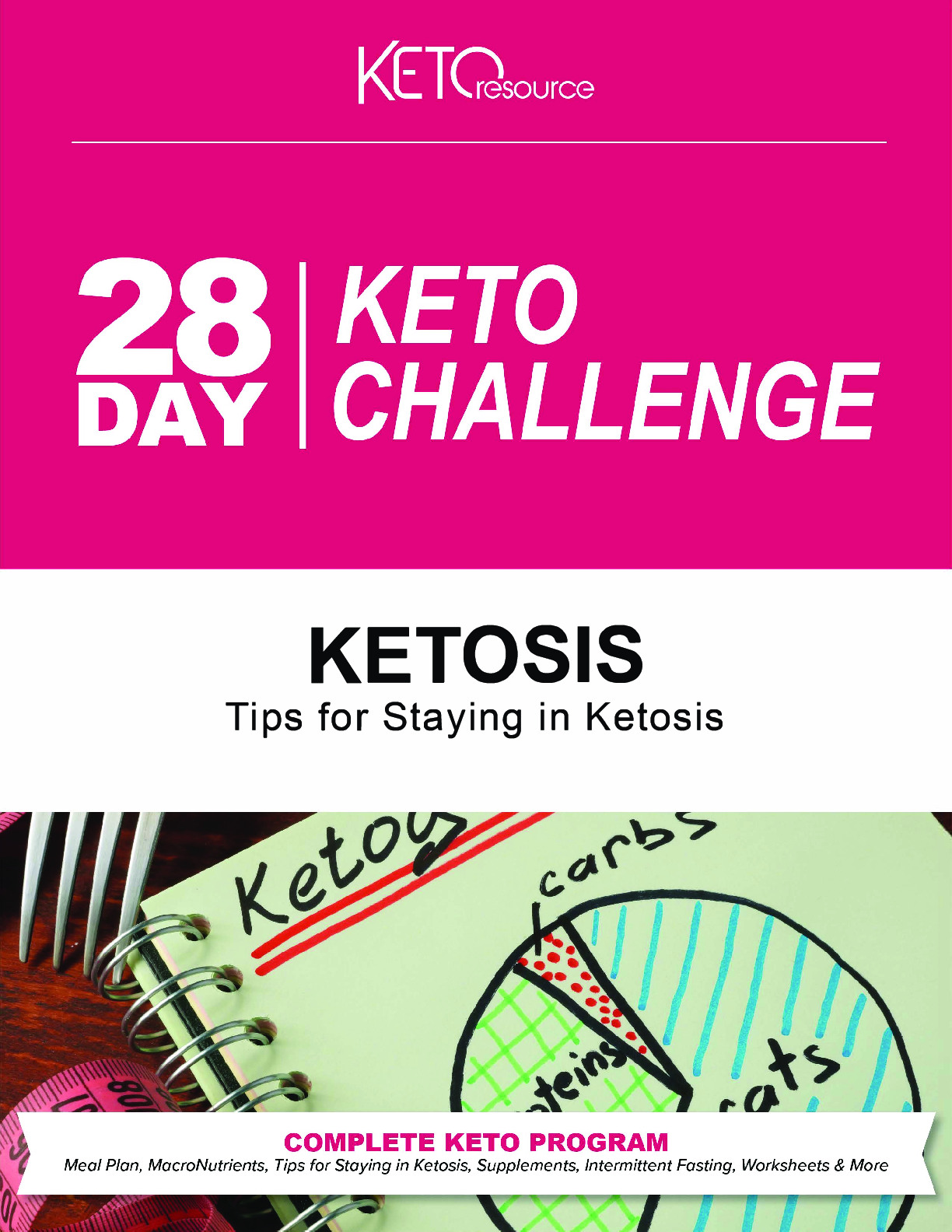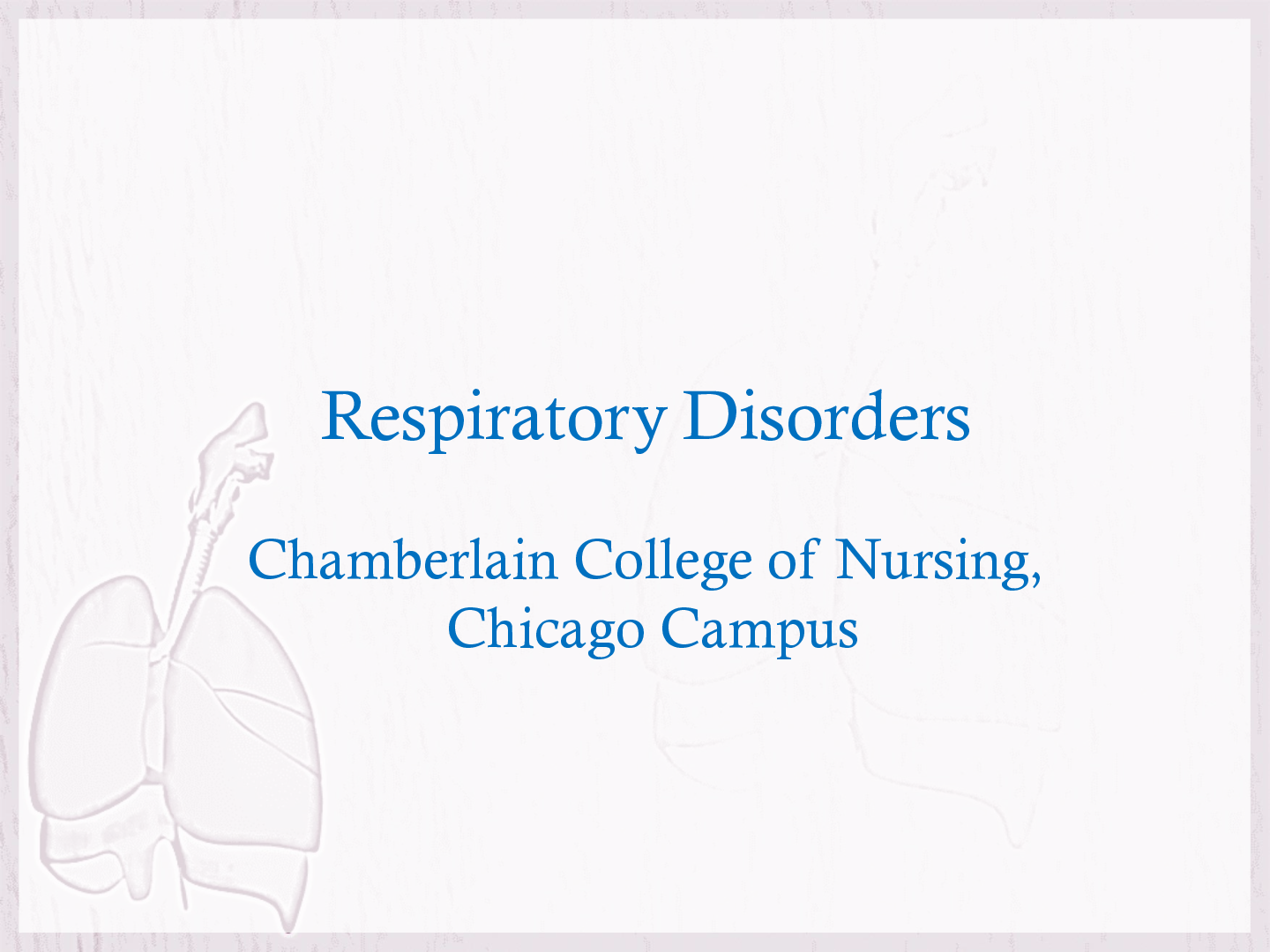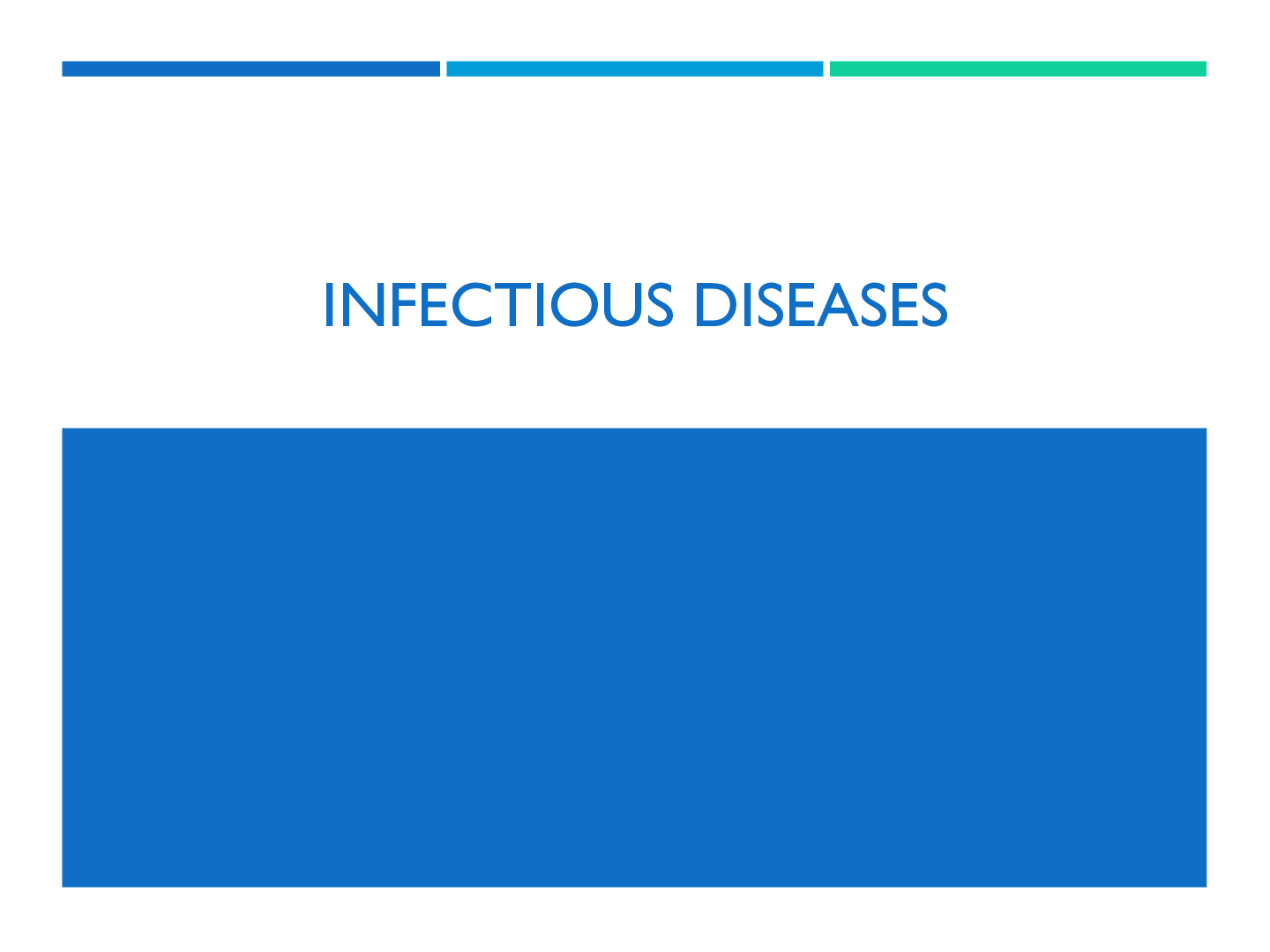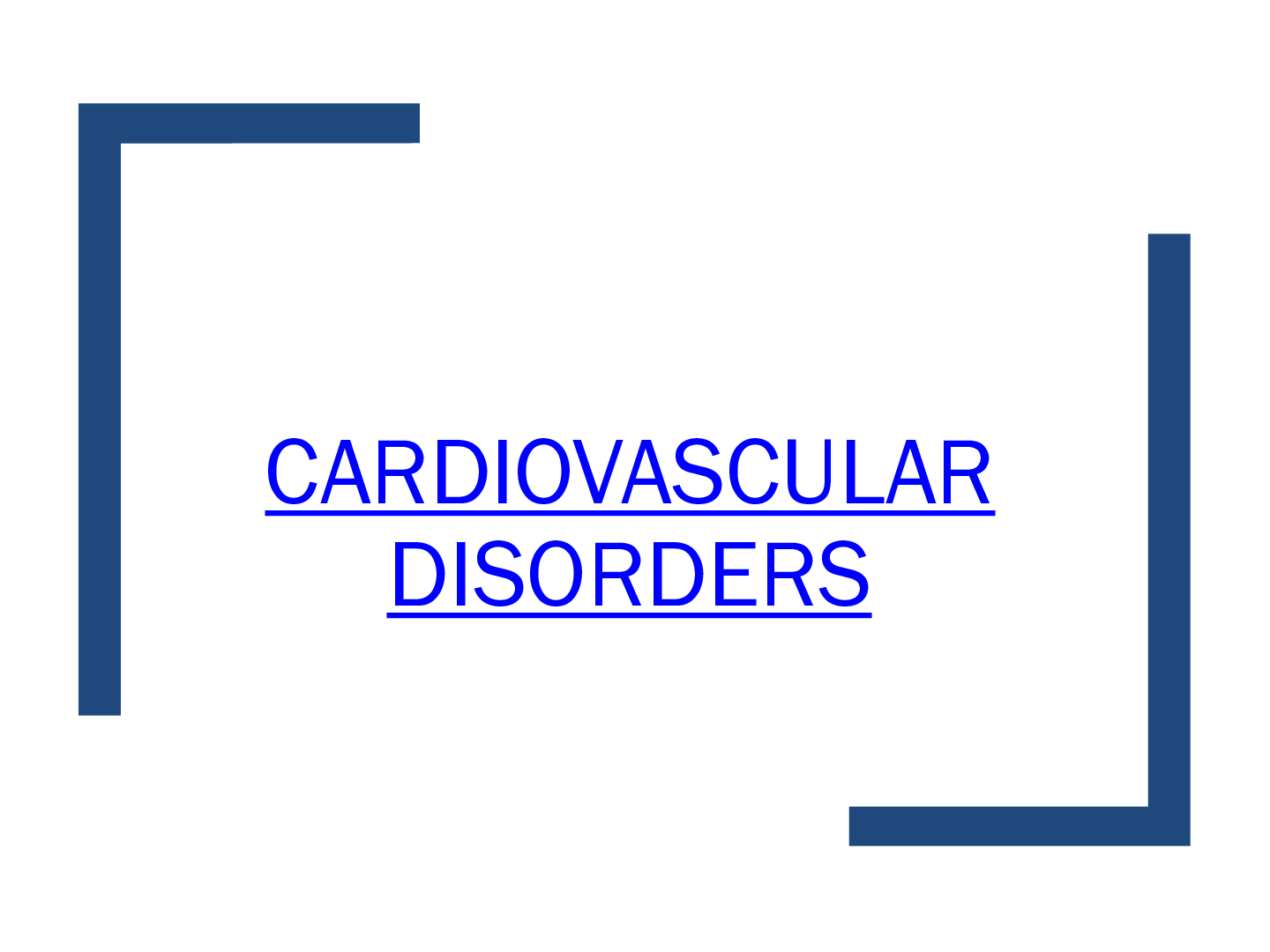Biology > Presentation > BIO 1A_23_Osmoregulation_Excretion_14- 2021 | Chapter 44 Osmoregulation and Excretion (All)
BIO 1A_23_Osmoregulation_Excretion_14- 2021 | Chapter 44 Osmoregulation and Excretion
Document Content and Description Below
Chapter 44 Osmoregulation and Excretion Controlling the internal environment Osmoregulation Nitrogenous wastes Excretory systems Mammalian excretory systems2 processes of homeostasis: 1. Osmore... gulation - regulation of solute balance and the gain and loss of water. 2. Excretion of nitrogen containing waste products of metabolism. Controlling the Internal EnvironmentAquatic animals: Maintain water balance by compensating for net osmosis between external environment and internal fluids: Isosmotic external environment There is no net movement of water by osmosis. Hypo-osmotic external environment Water will move from the external environment to the internal fluids. Hyperosmotic external environment Water will move from the internal fluids to the external environment.Marine Animals: 1. Osmoconformers – most marine invertebrates May still need to regulate internal concentrations of specific ions. Usually slight, but may be significant. 2. Osmoregulators – most marine vertebrates a. Cartilaginous fish (eg, sharks) b. Bony fishMaintain a lower osmolarity for NaCl than seawater. NaCl diffuses through gills. Excrete NaCl: a. Kidneys (some) b. Rectal glands (salt excretory glands) Cartilaginous fishBody fluids still slightly hyperosmotic to seawater Due to accumulation of urea and trimethlyamine oxide (TMAO) in fluids. Water slowly enters body by osmosis. Kidneys eliminate excess water as urine.Body fluids are hypo-osmotic to seawater. Constant loss of water to surroundings by osmosis. Constant gain of salt by diffusion and in food. Bony marine fishes:Drinking large quantities of seawater and pump out excess salt through gills and skin. Chloride cells in gills pump chloride ions out, sodium follows passively. Kidneys excrete only small amounts of water.Body fluids are hyperosmotic to fresh water. Constantly taking water in by osmosis. Constantly losing salt by diffusion. Freshwater Animals: perchExcrete large volumes of dilute urine and regain lost salts. Chloride cells in gills pump chloride ions in, sodium follows passively. Ingest salt in food.Terrestrial animals: •Covered by relatively impervious surfaces to prevent dehydration: •Nervous and hormonal mechanisms to control thirst. •Kidneys conserve water and concentrate urine.Nitrogenous Wastes: Metabolism of proteins and nucleic acid produces nitrogenous waste = ammonia Ammonia is eliminated as Ammonia – very toxic - - - - - - - - - - - - - - - - - - - Continued [Show More]
Last updated: 2 years ago
Preview 1 out of 57 pages
Buy this document to get the full access instantly
Instant Download Access after purchase
Buy NowInstant download
We Accept:

Reviews( 0 )
$10.00
Can't find what you want? Try our AI powered Search
Document information
Connected school, study & course
About the document
Uploaded On
Feb 10, 2021
Number of pages
57
Written in
Additional information
This document has been written for:
Uploaded
Feb 10, 2021
Downloads
0
Views
177













